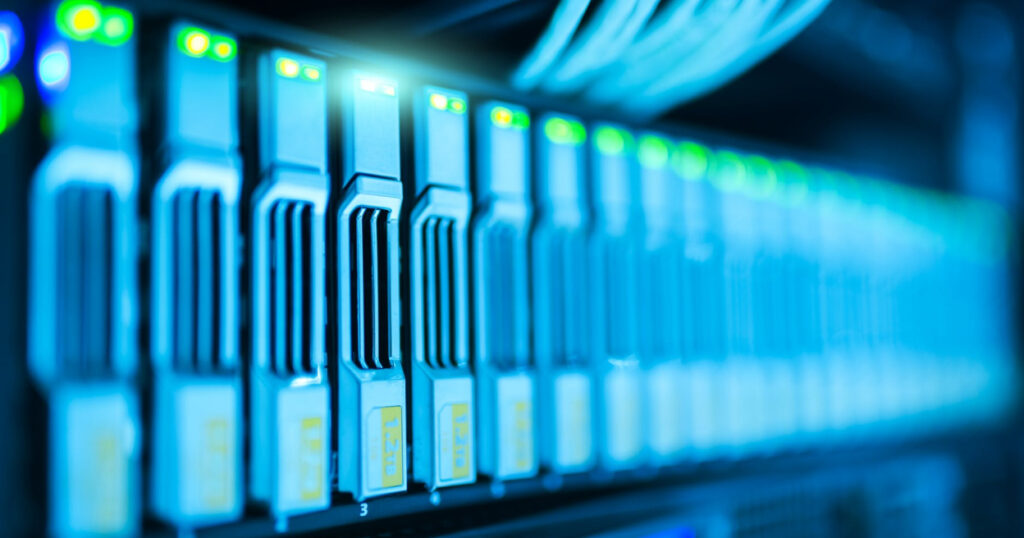During the last few years, the data landscape has gone through huge changes. You must have observed that data management systems have become more advanced especially with the emergence of technologies like machine learning. The volume of data is also growing with each passing year. Pipelining in computers is a very useful technique for data management and is widely being used by companies who heavily rely on data for business intelligence.
Contents
- WHAT IS PIPELINE COMPUTING?
- HOW DOES A PIPLEINE WORK?
- TYPES OF COMPUTER PIPELINES
- 1. INSTRUCTION PIPELINES
- 2. GRAPHICS PIPELINES
- 3. SOFTWARE PIPELINES
- 4. HTTP PIPELINING
- WHAT IS A DATA PIPELINE?
- WHAT ARE THE ELEMENTS OF A DATA PIPELINE?
- SOURCE
- PROCESSING STEPS
- DESTINATION
- WHAT IS THE PURPOSE OF DATA PIPELINE?
- WHY USE A DATA PIPELINE?
- WHAT IS AN ETL PIPELINE?
- WHAT IS THE PURPOSE OF ETL PIPELINE?
- WHY USE AN ETL PIPELINE?
- DIFFERENCES BETWEEN DATA PIPELINES AND ETL PIPELINES
WHAT IS PIPELINE COMPUTING?
In computing, pipelining is the process of collecting or gathering instructions from the processor with a pipeline. Pipelining processing will allow storage and execution of instructions in a logical way.

HOW DOES A PIPLEINE WORK?
You must have observed the concept of pipelining in everyday life. Let’s take an example of an assembly line of a car manufacturing factory. Every task carried out in the manufacturing of a car is done separately at various workstations. Once the task is finished, it moves to the next workstation. Similarly, in computing the data is moved to different locations and different tasks are performed on it.
In data systems, the pipeline is split into stages which are joined to form a pipe. Instructions enter from one side and exit from the other end. Each stage has an input register and a combinational circuit. The register has the data and the combinational circuit executes operations on the data. The output of the combinational circuit is used in the input register of the next stage. In simple words, the output of one stage is the input of the next one. All these stages are executed parallel to each other.
TYPES OF COMPUTER PIPELINES
Pipelines are widely used in computers. Some of the common pipelines used are:
1. INSTRUCTION PIPELINES
These pipelines are used in the central processing units (CPUs) which allow overlapping execution of several instructions within the same circuit. An example of instruction pipelines are RICS pipelines.
2. GRAPHICS PIPELINES
These pipelines are found in graphics processing units which have many arithmetic units or CPUs which perform various stages of common rendering operations.
3. SOFTWARE PIPELINES
Software pipelines consist of a sequence of processes such as tasks, commands, procedures and threads. The processes are implemented parallel to each other with the output of one process is automatically fed as the input of the next one.
4. HTTP PIPELINING
In this method, multiple HTTP requests are processed through the same TCP connection. The request can be issued without waiting for the previous one to finish.
WHAT IS A DATA PIPELINE?
A data pipeline allows the data to flow from an application to the data warehouse or from a data lake to an analytics data base. Data can also easily be moved to other applications like salesforce or visualization with the help of a data pipeline.
WHAT ARE THE ELEMENTS OF A DATA PIPELINE?
Data pipelines consist of three elements:
SOURCE
Source usually contains data from databases or data from SaaS (software as a service) applications.
PROCESSING STEPS
During processing, the data is usually collected and sent to the destination system or data is sourced, transformed and loaded in the destination.
DESTINATION
The final location where the data will be stored. This could be a data warehouse, a data mart or a data lake.
WHAT IS THE PURPOSE OF DATA PIPELINE?
The most critical feature in your data driven business is the flow of data from one location to another. You cannot execute any analysis until your data is made available. The task of data transfer is never easy as during data flow, many errors can occur such as data sources may conflict or create duplicates or get corrupted. You may find these errors more problematic and larger in number as data sources multiply. This is where the use of data pipeline becomes significant as it enables an automated smooth flow of data from one destination to the next. It eliminates errors and can process many data streams at once.
WHY USE A DATA PIPELINE?
Data pipelining is an absolute necessity in your data driven business. Data pipelines can be very useful in your business if you have to:
- Store a large amount or multiple sources of data
- Use a cloud for data storage
- Require real time data analysis
- Keep Data Silos
WHAT IS AN ETL PIPELINE?
ETL stands for extract, transform and load. An ETL pipeline is responsible for moving data from a source to the destination which usually includes moving the data from an application to a data warehouse. An ETL pipeline first extracts data from multiple heterogeneous sources. The next stage involves data transformation in which data is converted into a format which can be used by various applications. In the last stage, the compatible data format is loaded into the target ETL destination.
WHAT IS THE PURPOSE OF ETL PIPELINE?
The main aim of having an ETL pipeline is to gain access to the right data, prepare it for reporting and save it for quick access and analysis. You can employ different strategies to build an ETL pipelines depending on your company’s requirements.
WHY USE AN ETL PIPELINE?
Using ETL pipelines in your business is very beneficial in many ways. Some of these uses are:
- It centralizes data sources giving you a consolidated version of the data.
- During the transformation phase, the data is cleaned before it is saved for analysis which eliminates any unwanted data.
- During ETL processes, the data is validated at the extraction stage and is corrected or removed during the transformation making the quality of data always controlled.
DIFFERENCES BETWEEN DATA PIPELINES AND ETL PIPELINES
Every pipeline has various sources and target destinations. Data undergoes different stages of transformation, validation etc. You might have heard the terms data pipeline and ETL used interchangeably and might understand them as having the same meaning but there are some key differences between the two terms:
- Data pipeline transfers data from heterogeneous sources to data warehouses for analytics and business intelligence. ETL however, is a specific type of data pipeline in which data is extracted, transformed and loaded in a ETL data warehouse.
- ETL pipeline typically runs in batches which implies that data is moved from one location to the new location in a huge volume at a given time. This usually occurs at regularly scheduled intervals. For example, you might want to run the batches at 10:00 every day.
- Both data and ETL pipelines move data from one system to another. The key difference is in design of the application for which the pipeline is used.
- Another difference between data and ETL pipeline is that data transformation may or may not occur in a data pipeline whereas in ETL it is done after data extraction.
A well-designed data pipeline and ETL pipeline will improve the efficiency of your company’s data management system. It will also help your data managers to make iterations quickly to meet the changing data needs of your business.
If you need any kind of data pipeline solution, the first step is to hire a team of expert consultants to build and maintain your company’s data pipeline. Cloud Primero’s expert team is at your service to provide you with the best data pipeline solutions. All you need is to fill a form and our team will be in touch.




